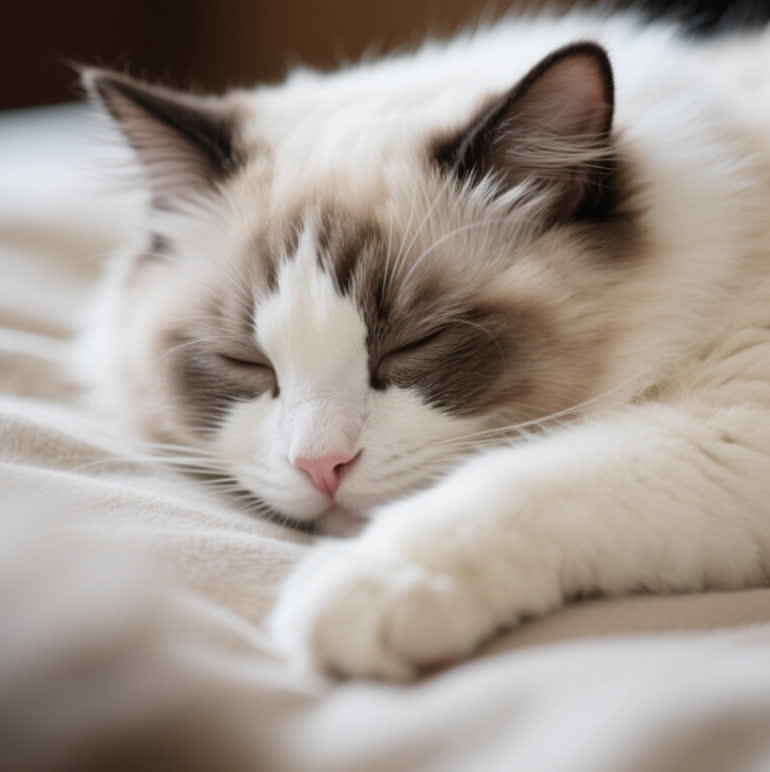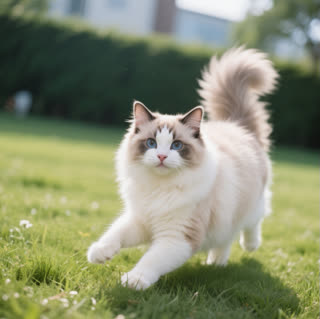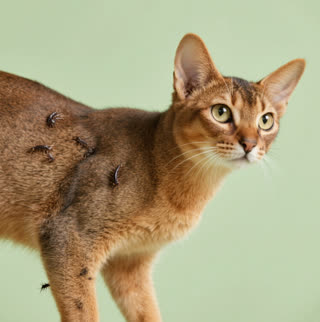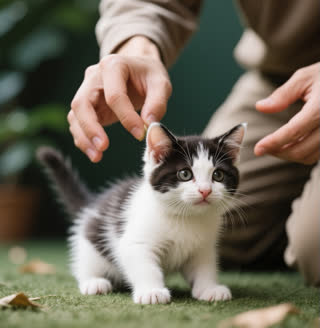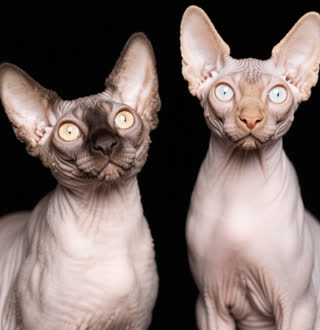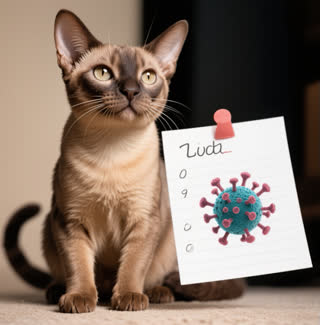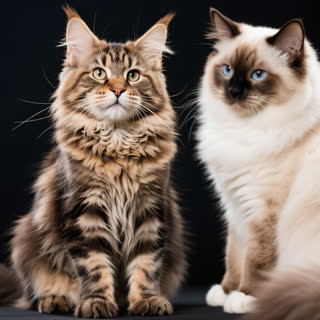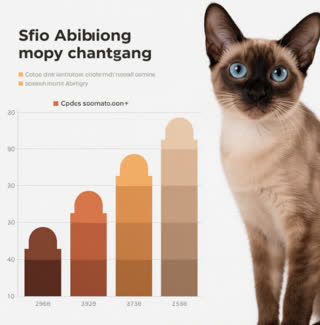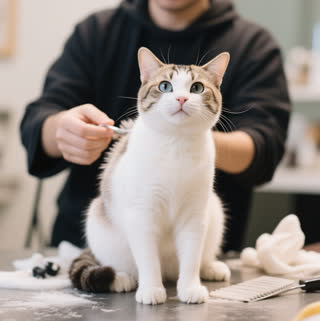Ragdoll cats, beloved for their docile personalities and striking blue eyes, are a popular breed among cat enthusiasts. However, owners may notice unusual behaviors like ragdoll cat breathing fast while sleeping, sparking concerns about their pet’s health. While rapid breathing can sometimes be harmless, it may also signal underlying issues requiring attention. In this comprehensive guide, we’ll explore the reasons behind this phenomenon, when to seek veterinary care, and how to ensure your Ragdoll’s well-being—drawing insights from reputable breeders, veterinary resources, and feline health studies.
Understanding Normal vs. Abnormal Breathing in Ragdolls
Ragdolls have a large, muscular build and semi-long fur, which can make their breathing patterns more noticeable compared to smaller breeds. A healthy Ragdoll typically breathes 15–30 times per minute while resting. Rapid breathing (tachypnea) during sleep may occur temporarily due to:
Dreaming: Like humans, cats experience REM sleep, which can cause twitching or faster breaths.
Overheating: Ragdolls’ thick coats make them prone to overheating, especially in warm environments.
Stress or excitement: Post-play naps might involve elevated breathing rates.
However, persistent ragdoll cat breathing fast while sleeping (exceeding 40 breaths per minute) warrants closer investigation.
Potential Causes of Abnormal Breathing
1. Respiratory Infections
Upper respiratory infections (URIs), common in cats, can cause labored breathing. Symptoms include nasal discharge, sneezing, and lethargy. Ragdolls in multi-cat households or catteries are particularly susceptible.
2. Heart Disease
Hypertrophic cardiomyopathy (HCM) is prevalent in Ragdolls due to genetic predisposition. This condition thickens the heart walls, reducing efficiency and leading to fluid buildup in the lungs—often manifesting as rapid or open-mouth breathing.
3. Asthma or Allergies
Environmental allergens (e.g., pollen, dust) can trigger asthma attacks, causing wheezing and increased respiratory effort. Ragdolls with flat facial structures may also experience brachycephalic airway syndrome, though this is less common in the breed.
4. Obesity
Overweight Ragdolls exert more effort to breathe, especially when lying down. Obesity exacerbates conditions like HCM and arthritis.
5. Heatstroke
Ragdolls’ dense fur makes them vulnerable to overheating. Signs include panting, drooling, and rapid breathing during sleep or rest.
When to Visit the Vet
Monitor your cat closely if you observe ragdoll cat breathing fast while sleeping alongside:
Coughing or gagging
Blue-tinged gums (indicating oxygen deprivation)
Lethargy or loss of appetite
Open-mouth breathing (uncommon in cats and a red flag).
Diagnostic tests like X-rays, echocardiograms, or bloodwork may be recommended to rule out serious conditions.
Preventive Care for Ragdoll Cats
1 Regular Vet Checkups
Annual exams are critical for early detection of HCM and other hereditary issues. Reputable breeders like Rouletii Ragdolls emphasize genetic testing to minimize health risks.
2 Weight Management
Feed a balanced diet and engage your Ragdoll in interactive play to prevent obesity. Avoid free-feeding, as this breed is prone to weight gain.
3 Environmental Adjustments
Keep your home cool and well-ventilated.
Use hypoallergenic bedding and air purifiers to reduce asthma triggers.
4 Stress Reduction
Ragdolls thrive on routine. Sudden changes (e.g., new pets, moving) can induce stress-related breathing issues. Provide hiding spots and pheromone diffusers for calm.
Case Study: Managing a Ragdoll’s Rapid Breathing
A Ragdoll owner noticed their cat breathing rapidly during naps. After a veterinary visit, the cat was diagnosed with mild asthma. Treatment included:
Inhalers (e.g., Flovent) administered via a feline-specific spacer.
Allergen control: Switching to dust-free litter and washing bedding weekly.
Weight loss plan: Reducing calorie intake by 10% and increasing playtime.
Within weeks, the cat’s breathing normalized, highlighting the importance of prompt action.
Common Myths Debunked
“Ragdolls don’t shed much”: While their fur is less prone to matting, they do shed seasonally, and poor grooming can lead to hairballs affecting breathing.
“Fast breathing always means illness”: Temporary spikes are normal, but consistency is key. Track patterns using a phone camera or journal.
Noticing your ragdoll cat breathing fast while sleeping can be alarming, but understanding the causes empowers you to act wisely. Prioritize preventive care, monitor symptoms closely, and consult a vet if abnormalities persist. By addressing issues early, you’ll ensure your gentle giant enjoys a long, healthy life as your loyal companion.
